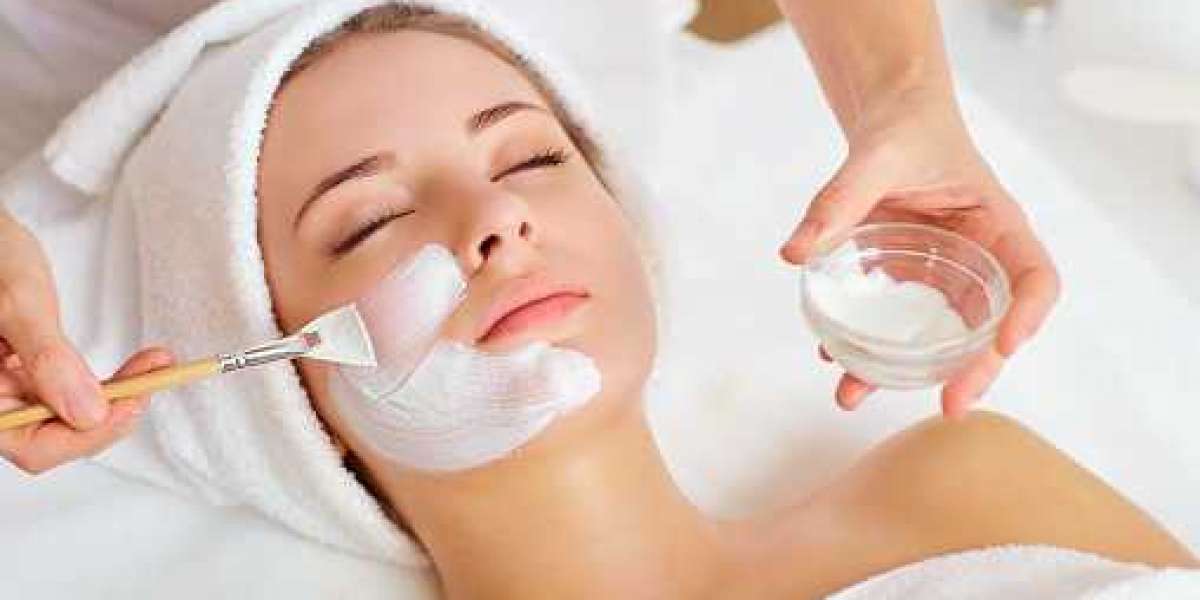Diazolidinyl urea: Is it safe? Formaldehyde releasing preservatives
What is diazolidinyl urea?
Diazolidinyl urea is an ingredient used in skin care and cosmetics to help ensure product safety and longevity.
Diazolidinyl urea is a preservative that prevents bacterial growth and prevents your products from spoiling. Diazolidinyl urea is a water-soluble preservative considered safe at concentrations up to 0.5%. It usually comes in the form of a fine white powder and is often combined with other parabens and preservatives to protect the product from contamination and spoilage with use.
Diazolidinyl ureas are found in a variety of products such as cosmetics, aftershaves, hair care products, skin care products, nail care products and bath products.
Is diazolidinyl urea good for the skin?
Diazolidinyl urea is not a skin-friendly ingredient. It doesn't work like vitamin C or vitamin A. Diazolidinyl urea is only used to improve the safety and longevity of the product and protect it from yeast, mold and bacteria.
Preservatives are an important part of the formulation process as they keep your product free from contamination. Contamination may occur unintentionally through use or exposure to air. Ensuring protection against bacteria, yeast and mold means the product is safe to use for longer. Without preservatives, most products will expire within weeks.
Is diazolidinyl urea safe for acne?
Yes, diazolidinyl urea is considered safe for treating acne. It is not suspected of causing irritation or increasing the severity of breakouts or breakouts.
Is diazolidinyl urea a formaldehyde releasing ingredient?
Diazolidinyl ureas may be formaldehyde-releasing preservatives. While this sounds scary, the actual amount of formaldehyde released is far below the recommended exposure limit. According to one study, you can be exposed to a similar amount of formaldehyde by using a formaldehyde-releasing preservative as by eating a pear.
There is also evidence that the protein and other ingredients contained in the product can actually cause formaldehyde to evaporate or inactivate before it can cause any harm to the body.







